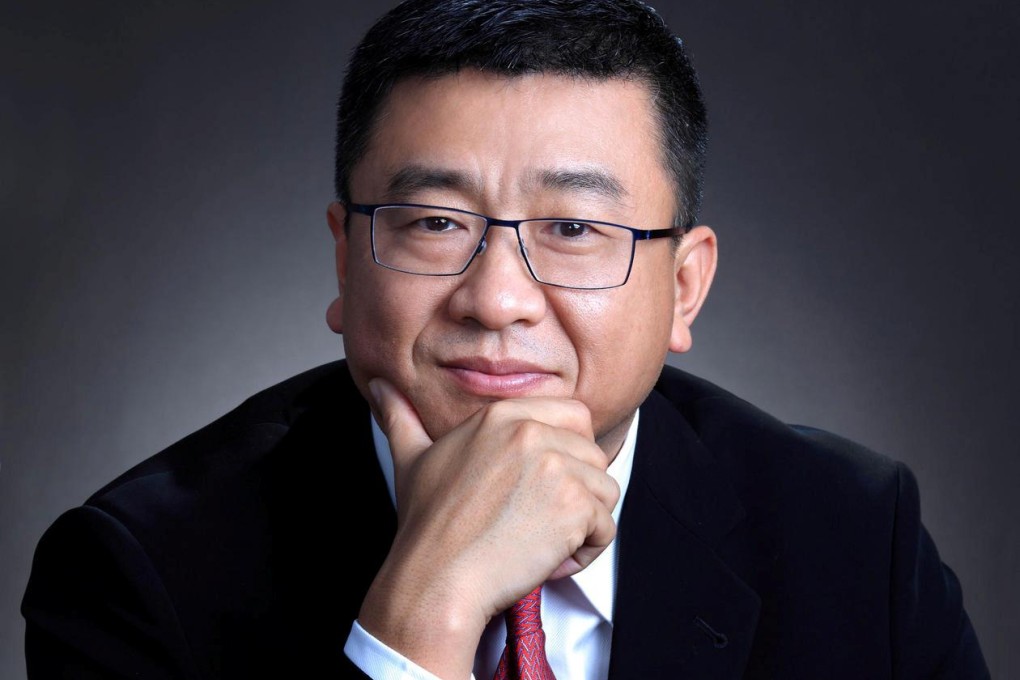Artron president Wan Jie makes his mark in print world by filling artistic gap
Entrepreneur Wan Jie learned from the best when he started his art printing firm and has established an internationally acclaimed brand

Wan Jie was one of the first people on the mainland to study the printing industry in earnest after the Cultural Revolution ended in 1976. He was also one of the first entrepreneurs to spot the gap in the market for high-quality art printing. Now, almost 30 years later, Wan, a 51 year-old Beijinger, recounts not only how he has changed and grown personally over the decades, but also how his company and brainchild, Artron, has flourished.
I was in the inaugural class of a university printing programme and that was the first year China had a school that taught printing-related courses at a rudimentary level. I actually wasn't interested in printing, per se. Rather, I was learning about the mechanical aspects of the machines involved in printing. Back in the 1980s, there was a saying: "Master mathematics, physics, and chemistry, and there isn't a thing in the world to be afraid of." This meant that almost all of the boys were going into engineering, so it was a kind of social influence that pushed me in this direction. Then, in my third year, I took classes in business management, and I suddenly took an interest in this field. In particular, I was fascinated with managing a printing business - I knew I wanted to be a manager or chairman and not be stuck in a room drawing diagrams. But back then there were no joint ventures in the printing business, nor were there private enterprises, so the only place you could be a leader was in a government-owned enterprise.
In the seven years I spent at the company, which was actually a Chinese-Japanese joint venture, I received rigorous training. As a result, I was able to discern what was considered high-class printing worldwide, what high-class quality looked like, and what qualified as high-quality equipment, materials, technology, and, of course, management. In those years, I also travelled to Japan to study with experts, especially focusing on their management techniques. I learned quickly, so by the time I was 25 I was a director of this company - the youngest it had had - and was recommended to the position by the board.
You could say that it began from Artron's inception. With the knowledge I accrued from my time at the joint venture, we [Artron Printing Corp] had utilised foreign technology since its inception, as well as foreign management techniques. This way, we could learn from the best, and that was what was most important to me - learning. When we were striking deals with the equipment manufacturers, the negotiations were never about the price. It was always about how many people they could train for us; it was always about the techniques that came after the purchase. It has been 20 years since Artron's inception, and that is still our focus - every year, we send dozens of our employees abroad to learn. Conversely, we also invite talent from abroad to work for us here. In the past we've invited experts from all over the world - Germans, English, Danes, Japanese, Italian, Swiss - to come work for us. To this day, we still have Japanese and Italian experts here. We have also co-operated with American companies such as Hewlett-Packard. This - our constant interaction with, and knowledge learned from, other companies from around the world - was an important condition in leading us to become an international brand. This evolution has also been helped along by the expansion of our management and the dissemination of our products.